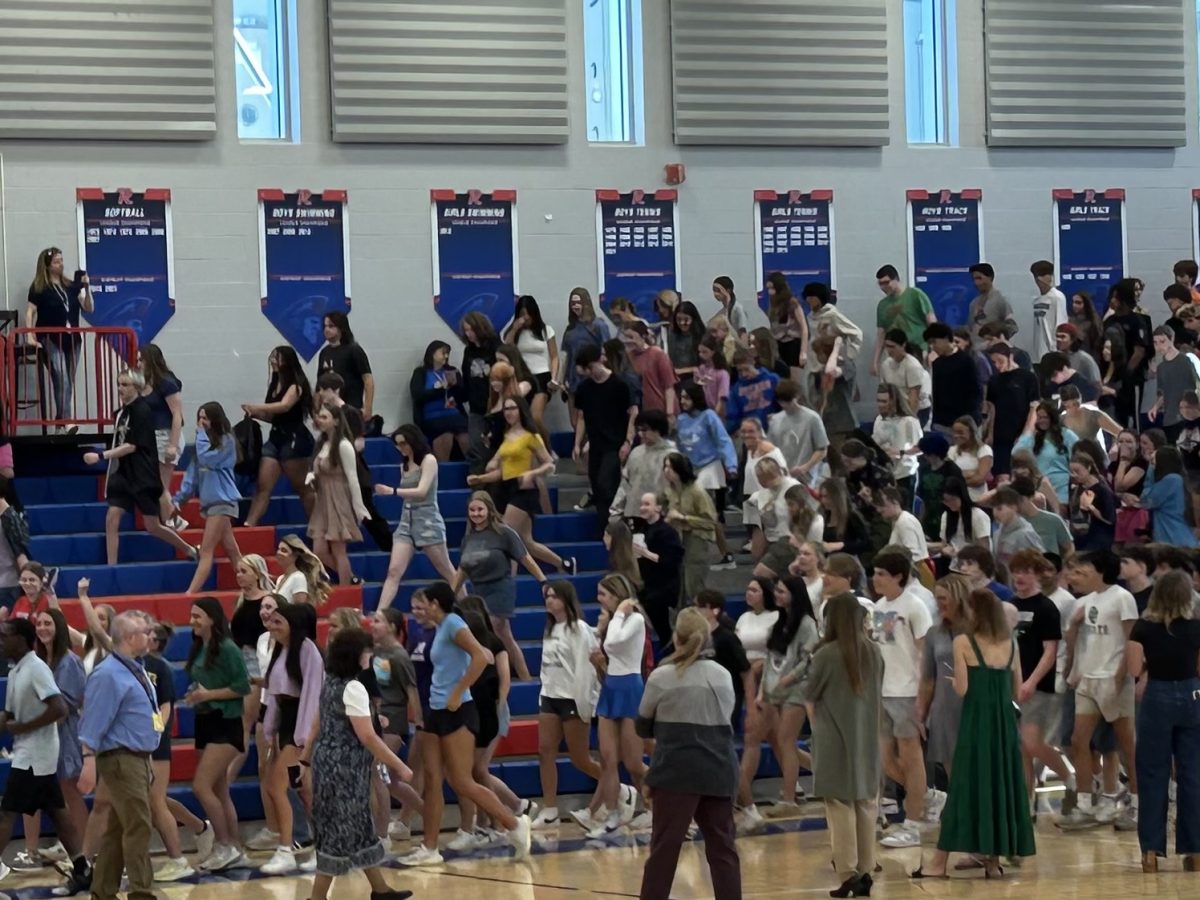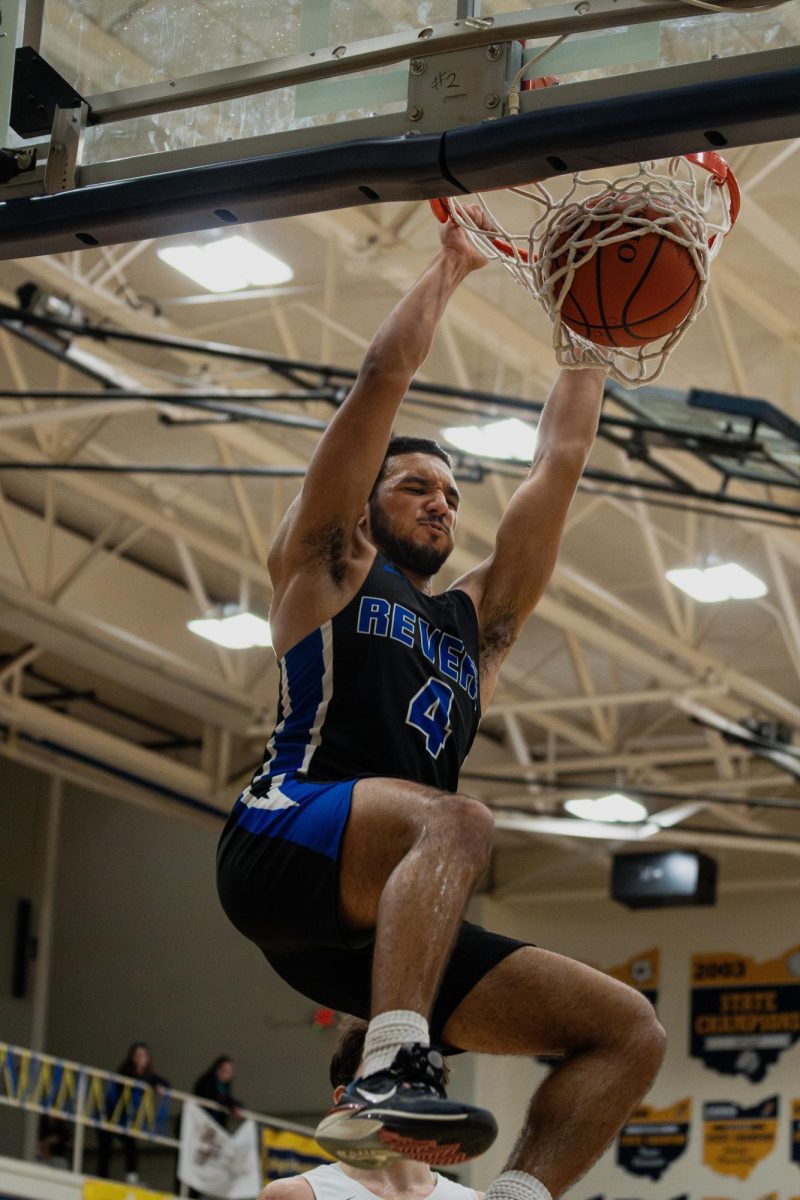All high school students take science and math classes, but can they really use what is taught in those classes in the real world— as high school students? Standing before a group of physicians and infectious disease experts at a national conference in Boston, Revere High School student Sam Lazbin proved that they can.
Guided by Dr. Kaelber, MD, PhD, MPH, an internist, pediatrician, and clinical informaticists, Lazbin used science, technology and mathematics to answer an important real life question—one that they presented to the IDWeek National Conference in Boston from October 11 to 15.
Growing up, Lazbin had a passion for helping others. His father, Mike Lazbin, says this is what he believes led Lazbin to having an interest in medicine.
“He knows what it takes to be one. Sam, in addition to that, he’s not afraid of what it takes.” Says Mike Lazbin
Lazbin grew up around science and medicine, his father being a scientist and his mother being a physician. Lazbin said that he was always interested in medicine, with his interest becoming more serious in the past three years.
“During COVID, seeing my mom go to work and stuff throughout the pandemic and everything made a huge impact on me. So I think that’s when it really blossomed,” Lazbin said.
With a desire to do research and become involved in medicine, Lazbin reached out to Kaelber, who trained with Lazbin’s mother during her residency, to see if Lazbin could work with him. While Kaelber is a physician who sees patients, he also works to make technology work to advance healthcare and applies mathematics to data from electronic health records to conduct clinical research and help patients.
Dr. Kaelber gave Lazbin access to a tool to help him look at data from electronic health records and asked him to develop a question that he wanted to study and answer. That tool, TrinETX, is a global health research network that contains data from tens of millions of patients. Because TrinEXT is a web-based tool, Sam was able to complete his research without needing to go into a lab or to have a team to find and study the data. Despite this, TrinETX still allowed Lazbin to make a significant scientific contribution.
Lazbin explained that through his research using TrinEXT, he reviewed patient data showing the relationships between the COVID-19 vaccines and flu vaccines and the occurrence of shingles, (a painful recurrence of chickenpox), commonly affecting adults. The question that Lazbin ultimately decided to investigate was how often patients developed shingles after receiving a mRNA COVID-19 vaccine compared to after receiving an influenza vaccine.
The TrinETX database contained medical records of patients who received COVID-19 vaccines and patients who received flu vaccines and patients who developed shingles after receiving those vaccines. In analyzing this data, Lazbin found that someone who received the flu vaccine was four times more likely to get shingles than someone who received a COVID-19 vaccine.
Having completed his research, the next step for Lazbin was to work with Kaelber to put his findings into a document that could be presented for others to review and use, called an abstract.
“I looked at previous abstracts and medical presentations that were put together and based mine off of that, using them as a template,” Lazbin said.
Lazbin’s abstract is helpful to physicians in explaining to their patients that they are no more likely to get shingles after receiving a COVID vaccine than they are after getting an influenza vaccine. Dr. Kaelber uses himself as an example of a physician who benefited from Lazbin findings when his patients come to him with concerns about the COVID vaccines.
Kaelber said he can say to patients, “What I can tell you is that I’ve looked literally at millions and millions of patients, and you have no increased risk of getting shingles.”
Kaelber is excited about more than just the benefits of Lazbin’s findings, highlighting the role that technology played in empowering Lazbin to conduct his research.
“It was a good scientific question, and we answered it. That’s helping the medicial community, but to me, part of the real story is, wow, how did our high school students do this?” Kaelber said.
Lazbin did all of this by using the TrinETX tool, which allowed him to work on this project from home without having to go into a lab or a clinic.
“It’s not like he spent hundreds or thousands of hours, but something like fifty hours of work, he’s able to come up with this scientific finding, and to me that’s the huge opportunity,” Kaelber said.
Using the TrinETX tool, someone can work on dozens of scientific studies to come up with an answer in just fifty hours worth of work as opposed to a thousand working in a lab.
Lazbin’s and Kaelber’s work led them to the IDWeek National Conference in Boston to present their findings in front of medical professionals. During the conference, Lazbin’s father noticed the doctors viewing Lazbin’s poster were highly impressed with his findings for his age.
While Sam has a long and bright path with his future of medicine, he made a meaningful contribution to the medical community using STEM resources. Lazbin hopes to continue his journey at medical school and becoming a research-based doctor to continue to help others.


















